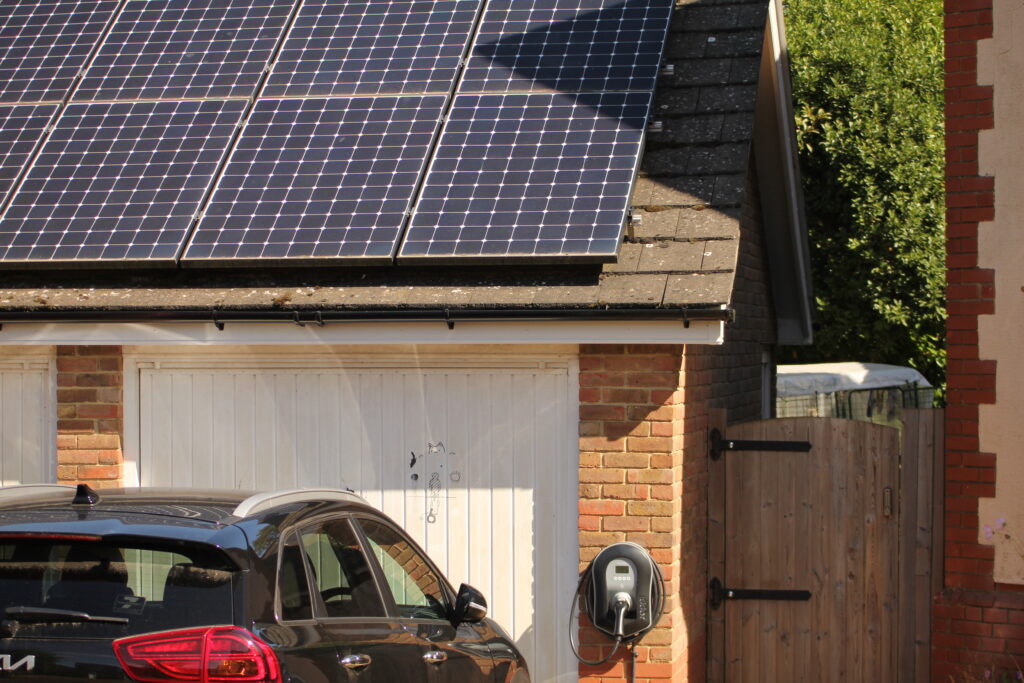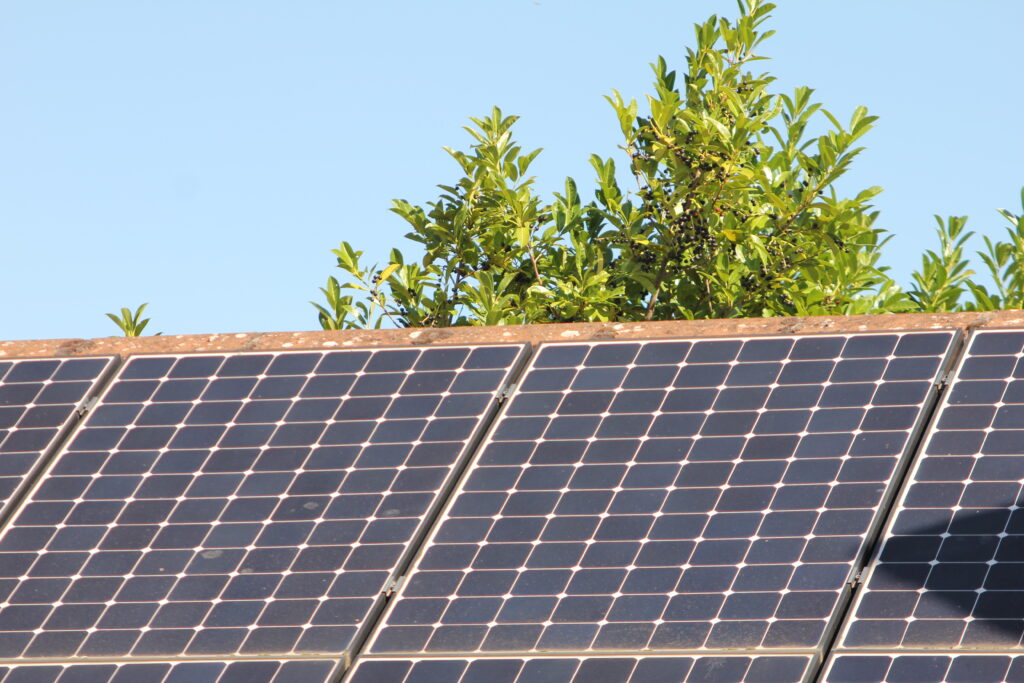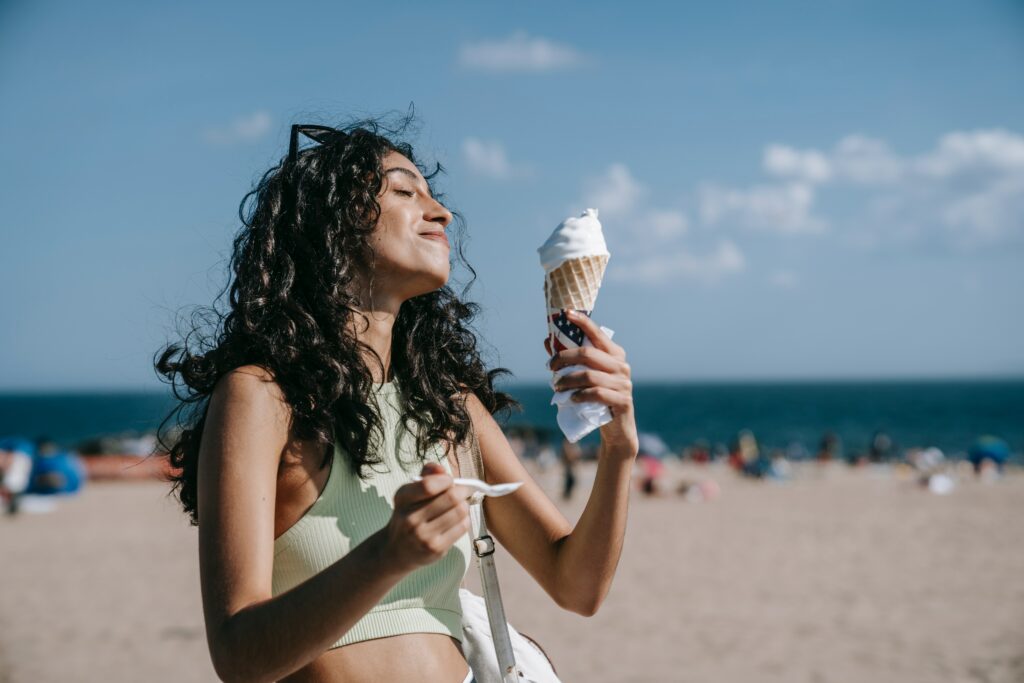
Will solar PV save you money on energy bills?
With energy costs still high and climate concerns rising, many homeowners are turning to solar photovoltaic (PV) panels as a way to generate their own clean electricity. Solar lets you reduce your reliance on the grid, take control of your energy bills, and lower your carbon footprint – all in one move.
But how much can you really save, and is it the right investment for your home? Let’s break it down.

How much do solar panels cost in 2025?
Thanks to falling prices and improved technology, solar PV is now more accessible than ever. A typical system costs between £5,000 and £8,000, depending on:
- The size of the system
- The specifics of your roof and installation
- Whether you add battery storage to store surplus energy
While this is still a significant upfront cost, the long-term savings – both financial and environmental – can make it a worthwhile investment.
How much could you save each year?
Savings vary based on your home and your energy habits. If you use electricity during daylight hours – for example, running your washing machine or charging devices when the panels are producing power – you’ll get more value from your system.
Households that align their usage with generation, and possibly add battery storage, could save up to £1,000 a year on electricity bills.
What about selling power back to the grid?
Under the Smart Export Guarantee (SEG), you can sell surplus electricity to the grid – but it’s no longer the main financial incentive it once was. Rates vary by supplier. Some offer just a few pence per kilowatt-hour, while others pay up to around 16.5p per kWh.
Choosing a competitive SEG tariff can help offset your costs – but the greatest benefit still comes from using the electricity you generate yourself.
Solar tip: Modern panels work best in good daylight, not direct heat. In fact, extremely hot weather can reduce efficiency slightly – so it’s all about hours of light, not sunshine alone.

Is solar right for your home?
Solar PV can be a great choice – especially as part of a broader home energy strategy. It works best when:
- Your roof is south-facing and not shaded
- You use electricity during the day
- You plan to stay in your home for several years
With rising energy prices and better payback periods, solar is now a serious option for many homeowners. But to get the most value, your system should be designed to suit your specific property and lifestyle.
That’s where our Whole House Plan comes in. We’ll assess your home and energy use, and help you plan improvements that work together – so solar is installed in the right way, at the right time.

In the news
Solar energy is no longer niche. Nearly two in five new homes in England now include solar panels as standard – a clear sign of mainstream momentum. Research also shows that solar PV could cut bills for fuel-poor households by up to 24%, proving that cleaner energy can also be cheaper energy.
Getting started
If you’re thinking about solar, we’re here to help you make the right call. At Cosy Homes Oxfordshire, we take a whole house approach – making sure your solar installation works alongside insulation, heating, ventilation and other energy upgrades for maximum comfort, performance and value.
Call us on 0330 223 2742 (Monday to Friday) or contact us to book a home energy assessment and start your journey to a more efficient, future-ready home.
Read next…
Historic Chadlington house reveals its story
Sandys House in Chadlington is a Grade II listed former village inn brought gently into the modern day through a thoughtful whole-house retrofit. Jane set out to protect its character while making it warmer, healthier and more efficient. This case study
External wall insulation done properly
Recent reports about failing wall insulation have caused concern. But the problems relate to rushed national schemes, not the technology itself. At Cosy Homes Oxfordshire, every project is designed, checked, and supported locally – proving that when it’s
Step inside Oxford homes
Step inside Oxford homes during Oxford Open Doors 2025. Local households – including several of our proud clients – are opening their doors to show how they’ve cut energy use, improved comfort, and made their homes healthier
